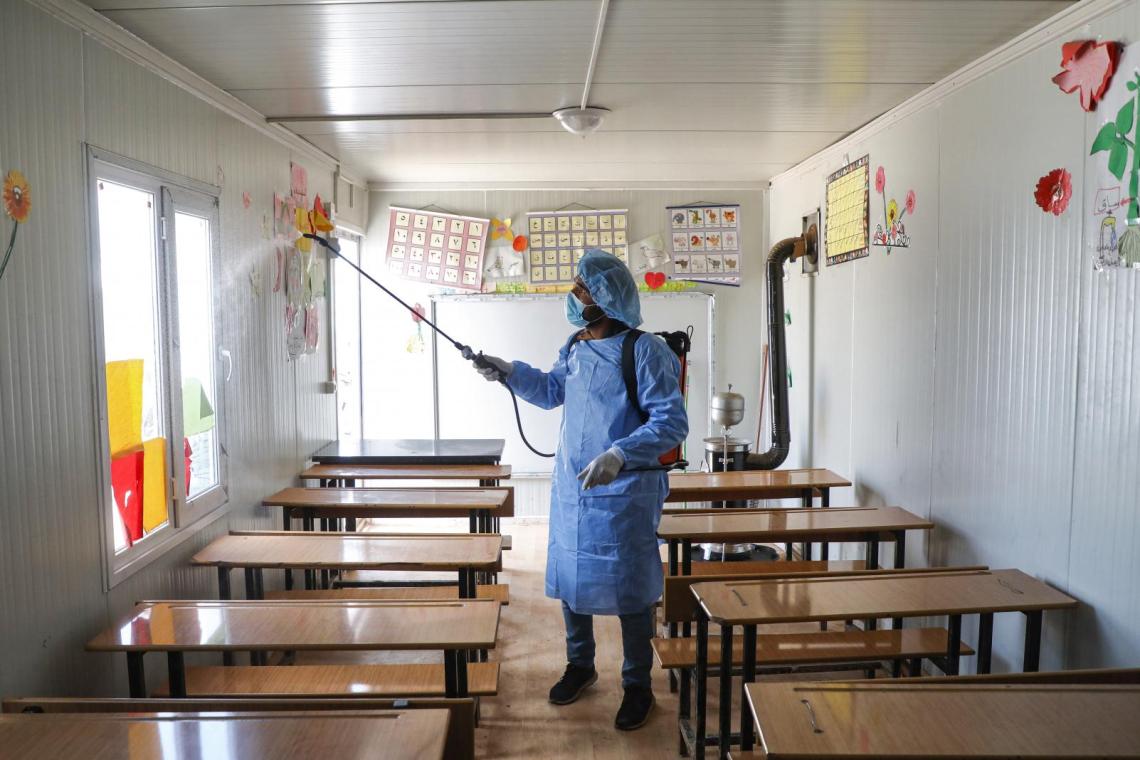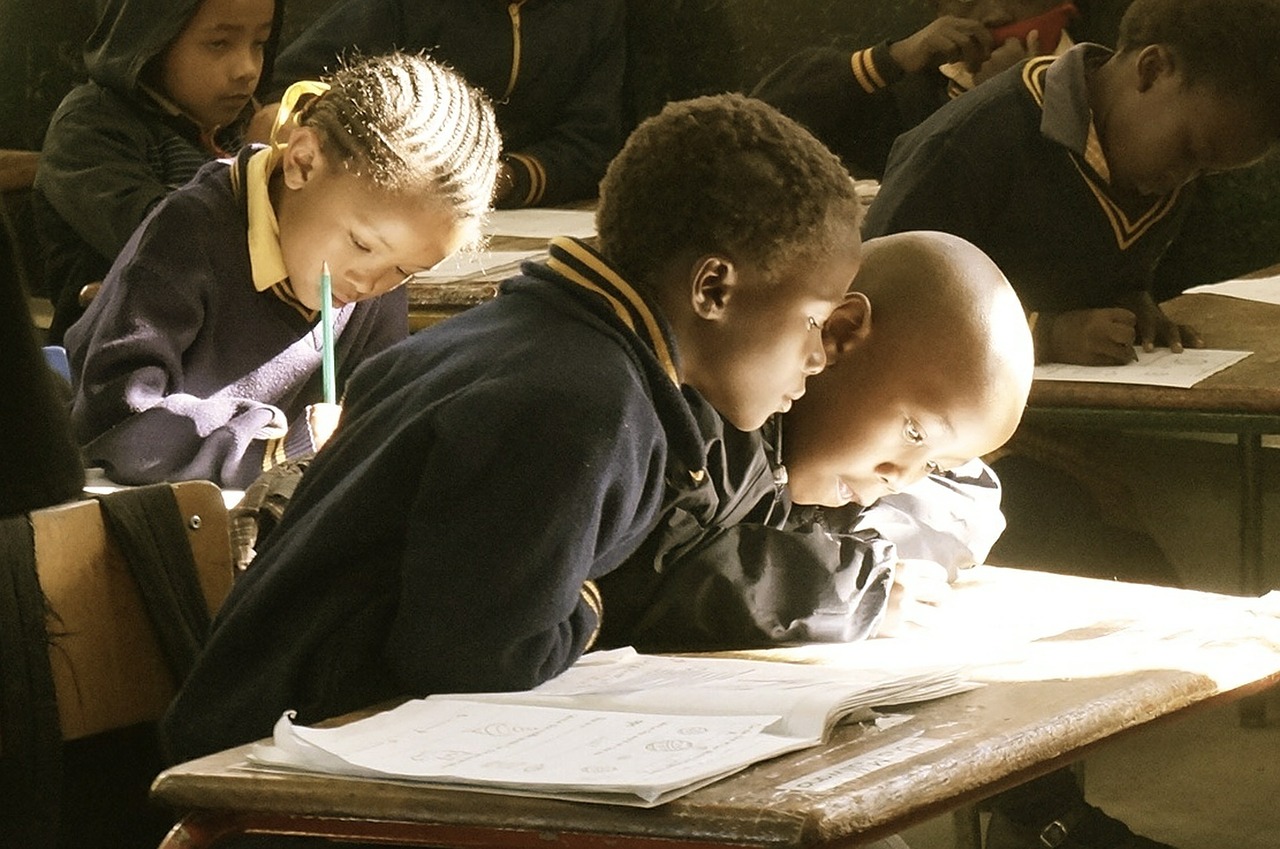As the budgetary crisis looms over most schools in the US, states prepare for massive job cuts and uncovering of hidden consequences of the COVID-19 pandemic.
It appears that the coronavirus outbreak is paving the way for a budgetary crisis that will likely be deeper than any US school has seen in decades. It is uncovering significant funding gaps in several essential services, such as schools, which are finding it difficult to find adequate financial support during this critical period.
So far, the United States has seen one of the highest unemployment figures in the world, with the public holding on grimly to the hope that there would be a light at the end of a very long and dark tunnel.
America’s education sector threatened by budgetary crisis
The education sector, too, faces an implicit threat of losing hundreds and thousands of jobs in the current quarter and the near future. Thus, in their frenzied attempts to mitigate the risks of the budgetary crisis, reduce the impact of reduced tax revenues, and prevent at least 275,000 teaching staff from losing livelihood, several school districts are demanding an emergency bailout.
While speaking to Education Week on May 12, Mike Casserly, who heads the Council of Great City Schools (CGCS), asserted that given the current condition of the funding and the revenue losses from COVID-19 closures, an emergency funding is the only way to prevent mass layoffs, cuts to support services, which will likely take decades to restore.
Given the budgetary crisis, Casserly continued, the school districts are prepared to reduce 15 to 25 percent from their budget allocation for the 2021 academic year. However, without any rescue package, sustenance will be an issue.
Lives behind the grim unemployment numbers
Another analysis conducted by the non-profit independent public education researcher, Learning Policy Institute, shows that an estimate of 15 percent loss in revenue would eventually lead to 319,000 job losses among teachers. A distressing yet probable figure of 30 percent shrink in funding would jeopardize employment of over 697,675 teaching staff.
The impact, however, varies from region to region as the allotment of funds for teachers’ salaries is different in each state. Minnesota and Hawaii, for instance, would be among the worst-hit areas as both these states expected to face a budgetary crisis of 20 percent and subsequent loss of teacher jobs.
Michigan’s funding cut of 15 percent would leave around 12,561 teachers without bread and butter, whereas in California, approximately 49,197 teachers face the risk of losing livelihood means.
Even more upsetting is the fact that the implications mentioned above of the severe budgetary crisis do not state the dismal condition of the support staff, such as the school transportation workers, food service suppliers, and custodians, who also run the risk of redundancy.
Asia feeling the heat, too
The long-term effects of the extreme budgetary crisis can be seen in some Asian countries as well. In Manila, particularly, the government has curtailed education and infrastructure resources to fund the emergency distribution of medical supplies and fast track recovery from the pandemic by shoring up infrastructure spending.
India has also slashed billions of dollars from the education fund, citing a harsh budgetary crisis that is mainly affecting the already-struggling healthcare system and other essential services.
Diminishing hopes and fears
And as tough as this problem seems to come to grips with, the $3 trillion aid package proposed by the House Democrats on Friday has already been declared “dead on arrival” by the Trump administration, leaving schools with virtually no means to recover from this tight budgetary crisis.
Additionally, the pressure is mounting for schools to recommence as early as the fall despite the imminent dangers from relaxing social distancing measures all at once. To make matters worse, the CARES Act that addresses the economic fallout of the COVID-19 outbreak prohibits states from providing financial aid to school districts or sick leave to the staff affected by the infection.
This means that the commencement of schools would risk the lives of around 3.2 million public school teachers and leave them without any financial support.
Finding a middle ground
Yet, for the longest time, teachers in the US have dealt with similar blows whenever a contingency threatened this crisis-ravaged community. Be it the shock of 9/11, the 2008-09 financial crisis, the numerous school shootings, or the unforeseen hurricane disasters, teaching jobs are often the first to suffer at the hands of any expected turn of events.
And as bitter as these struggles are, it is probably time that teachers and education sector workers take matters into their own hands and learn to fight for their cause without relying on unions or external organizations.
The budgetary crisis from the pandemic coupled with corporate-influenced government parties reinforces that the education sector workers must be prepared to base their fight on the sole presumption of the right to a fully-funded and highly efficient public education system for all.
Blockchain for all
Meanwhile, in a fast-changing education landscape, emerging technologies like blockchain can potentially shape the future of students of tomorrow. With blockchain technology, the concepts that struggled to find any takers in the past, such as remote learning, smart classrooms, and ingenious learning platforms, are fast gaining traction in crisis-ridden times.
Even more exciting is the fact that blockchain essentially attempts to soften the blow from the current budgetary crisis and its subsequent impact.
Some of the world’s largest economies today are banking on blockchain for economic transformation and social governance. While Chinese leader Xi Jinping’s strong advocacy for blockchain application across all sectors is a push toward global blockchain monopoly, the Indian government, on the other hand, is leveraging blockchain to transform the face of the country’s flailing education system through a national blockchain technology strategy.
The light at the end of the tunnel
Lastly, the king of decentralization, Bitcoin, which is also inarguably blockchain’s most significant creation so far, has essentially emerged as a tool that can change all spheres of our social activity.
“Crypto, not blockchain” was the dominant narrative in 2019. Not only did Bitcoin had a very good year (up over 90%), but investors continue to fund companies building crypto infrastructure. Incumbent financial institutions also looked to expand their service offerings in areas such as custody and trading.
So far, in 2020, amid the COVID-19-driven market sell-off and the subsequent budgetary crisis in many households, it’s clear that Bitcoin still behaves as a risk-on asset, not a store of value (yet). But despite the broad weakness in crypto prices, companies continue to build and launch products that benefit the maturing blockchain ecosystem.







